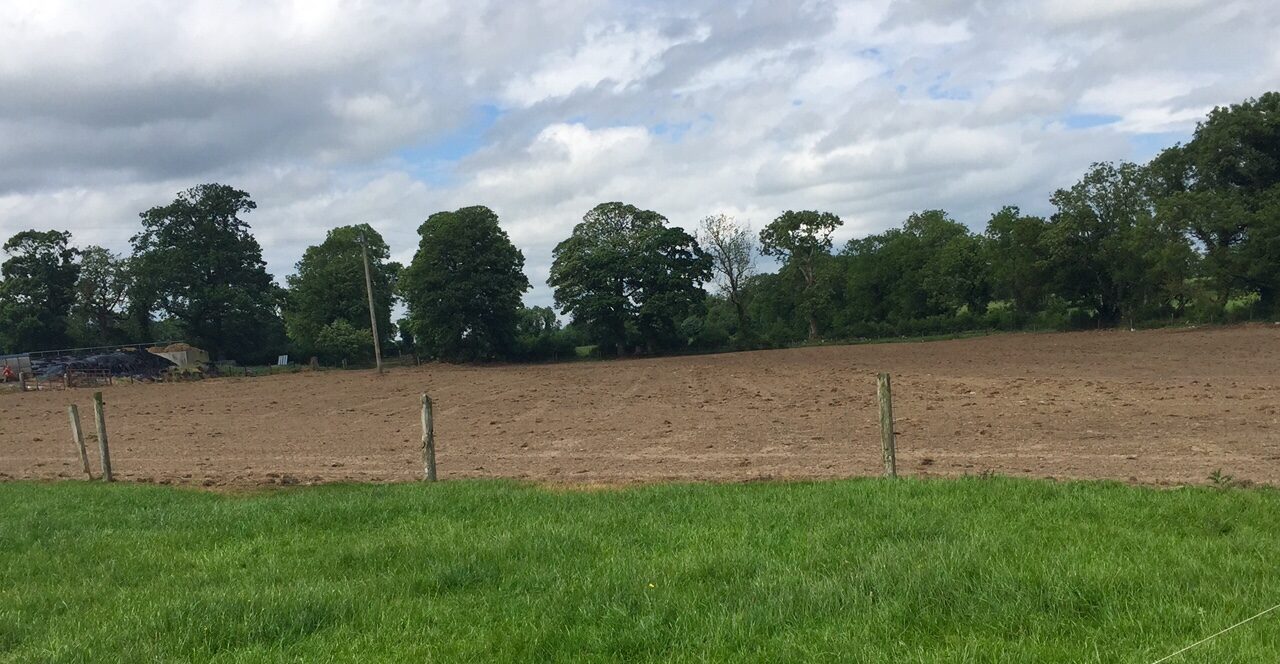Farmers should be aware if the grass varieties in mixtures they are purchasing are on the Department of Agriculture recommended list, Dr Mary McEvoy of Germinal told a recent farm walk.
Dr McEvoy said that these varieties have been tried and tested under Irish conditions and so the potential performance of these varieties is known.
She also added that the Pasture Profit Index (PPI) is a useful tool farmers can use to compare grasses from the recommended list.
“The Pasture Profit Index was designed to simplify variety selection and rank varieties in economic terms.”
This new index gives every variety on the recommended list an economic value in terms of €/ha/year, she said.
It also quantifies how varieties are performing across the key traits, which are spring, summer and autumn dry matter production, quality, silage and persistency.
Spring and Autumn growth
The key traits will depend on each individual farm’s requirements, but most farmers tend to look for varieties to increase production during the shoulders of the year, said Dr McEvoy.
“If farmers can get extra yield in the spring and autumn they can offset huge requirements for silage and concentrates.
“This is going to have a huge benefit in terms of reducing costs and improving farm profitability,” she said.
However, she added if the farmer is dealing with heavier soil types spring dry matter yield is something they should not focus on as they will not be able to get out a graze these heavier covers.
Quality
She also highlighted the importance of quality in terms of animal’s production.
“Quality is an important trait as a 1% increase in dry matter digestibility (DMD) in a grass variety is worth 5% in animal performance.”
There is only a 4.5% difference in DMD between the top and bottom performing varieties on the recommended list, but this results in major differences in animal performance.
Persistency
Persistency is another key trait, she said, varieties need to last for approximately eight-10 years, but this can only occur under ideal management conditions.
One of the biggest drivers of persistency is soil fertility, if soil pH and fertility are low perennial ryegrass will not persist on farm, she said.
Sward use
Another factor which warrants consideration is what will the new reseed actually be used for, will it be a silage or grazing sward. Regardless of use varieties will need a narrow range of heading dates.
“A maximum range of seven days for heading date is recommended for silage swards, which makes it much easier to pin point the ideal harvesting time of that crop,” she said.
“There is no point in putting in a grass mix with an average heading date of May 25 if you plan on cutting the silage in early June as the grass will have turned reproductive and quality will be reduced.”
Soil type
Soil type is crucially important for variety selection she added.
“Most grazing mixtures will have a 35-40% tetraploid in the sward, tetraploids have a more upright growth habit, have a larger leaf and tend to be more palatable, animal intakes and performance are also higher off tetraploid swards.”
Tetraploids are quite open and this tends to be an issue in the shoulders of the year and the autumn, she said.
“Diploids bring the density to the sward. They act as a carpet under the foot of the animal, they hold the animal up and help reduce the risk of poaching,” she said.
Therefore, it is important to have the balance of tetraploids and diploids in a mixture to reduce the damage caused by animals as grazing conditions deteriorate. The proportion of diploid varieties should be increased on heavier soils, she said.


